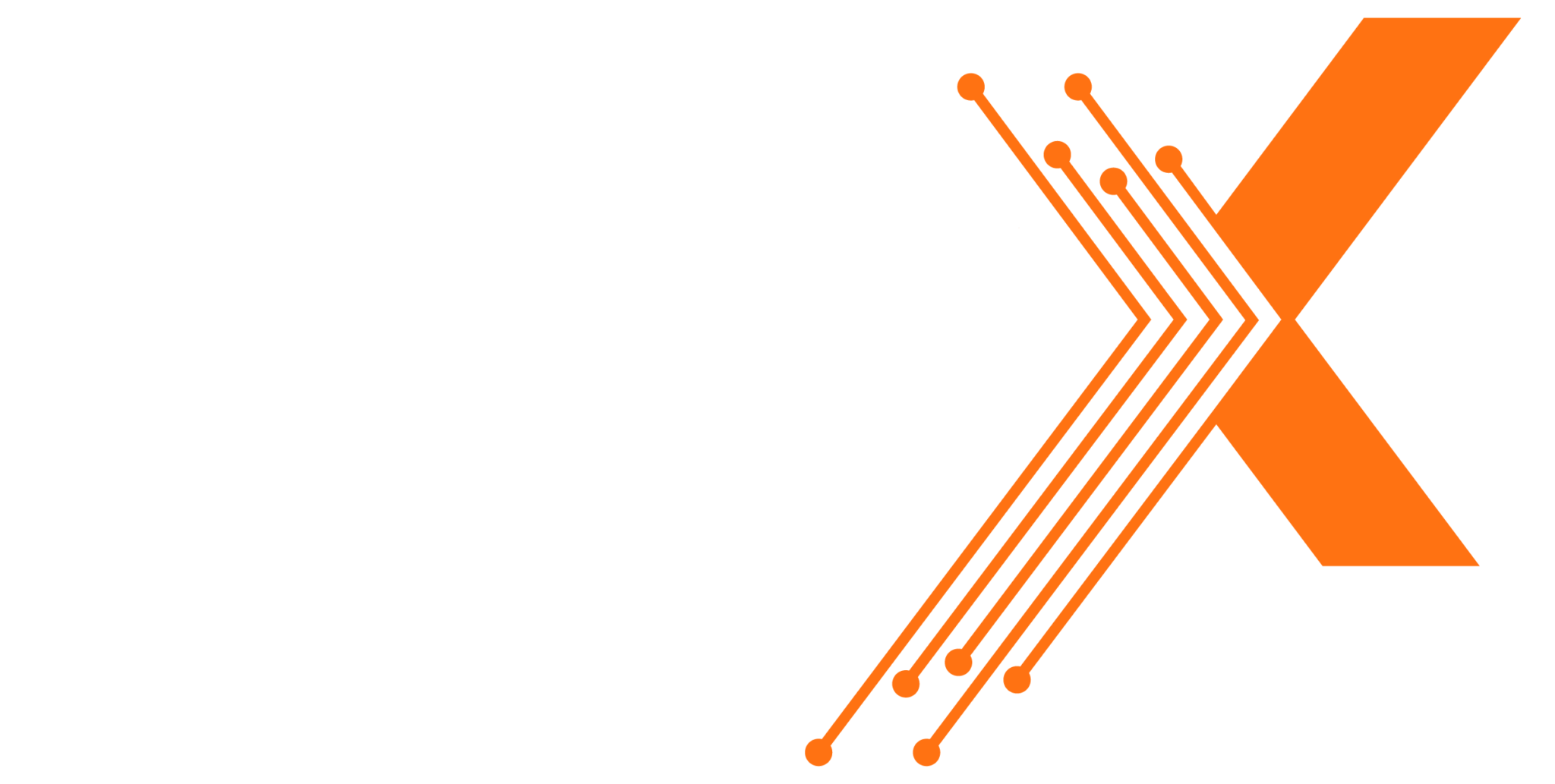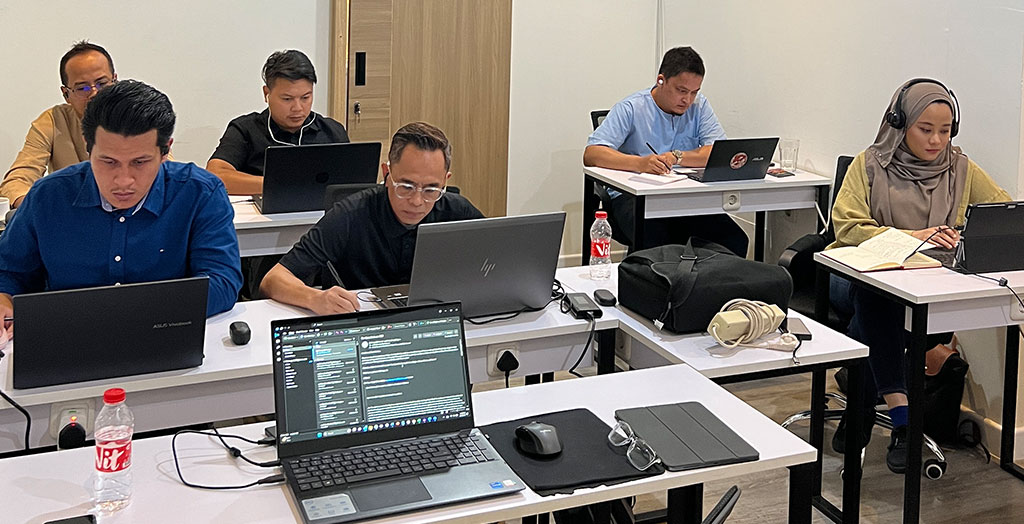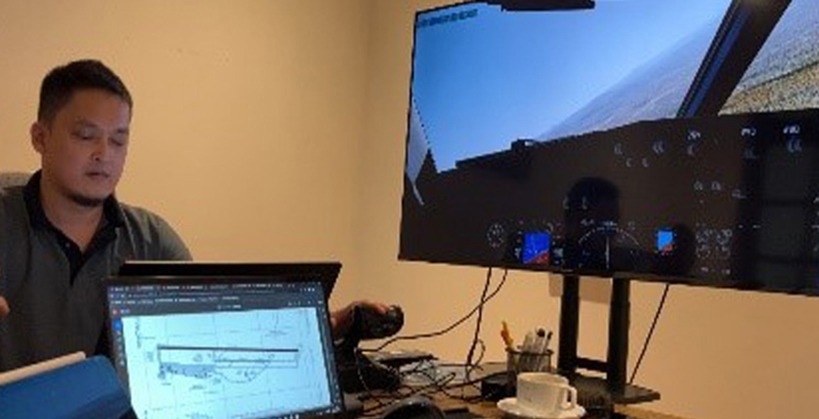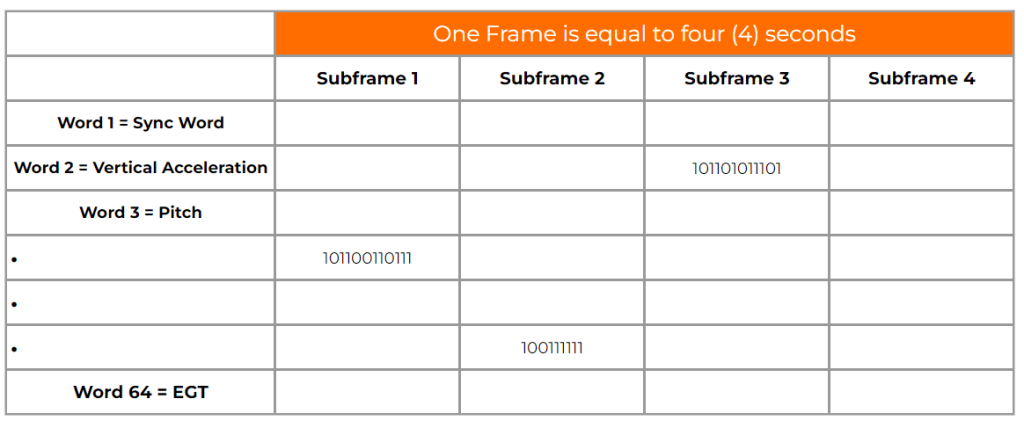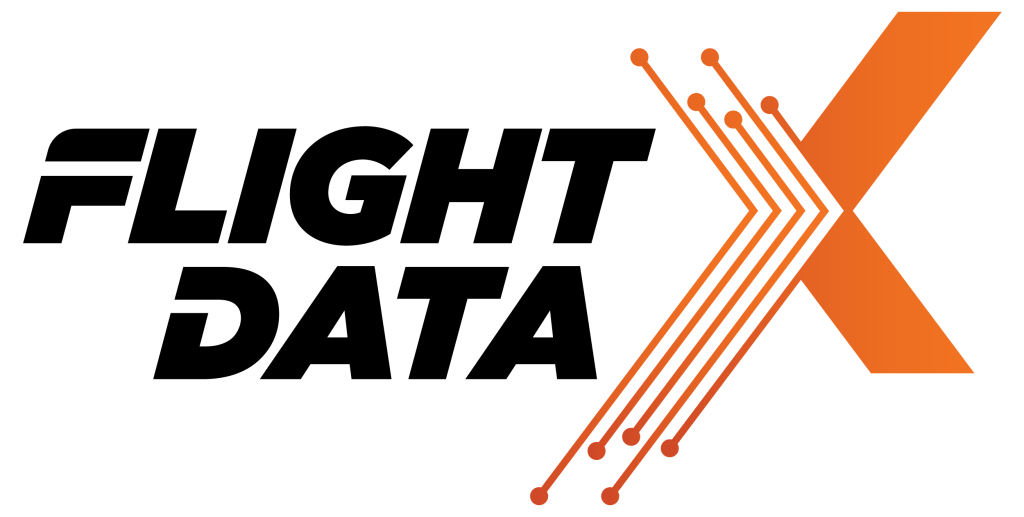GLOBAL FLIGHT DATA TRAINING
Benefitting Airlines, Aircraft Accident Investigators, Civil Aviation Authorities, Military & MRO’s around the globe for decades
what we’re offering
Perform your own FDR Readouts! Generate CVR Intelligibility Reports! Reduce or eliminate your CVR & FDR readout costs! Increased data security by keeping your data in house! Learn how to create CVR transcripts! Develop your own FDR, FDAU, QAR, & DAR Dataframe Layouts! Learn how to comply with CVR & FDR regulations! Master FDR Calibration! Interpret CVR & FDR regulations! Interpret Aircraft Events and Incidents! Support Aircraft Accident Investigations! Excellent for designing & certifying CVR & FDR installations! Decode and Troubleshoot Flight Data Defects! A minimum for developing & substantiating STC Parameter Expansions! Master FDR, FDAU, QAR, & DAR Frame Layout Documentation! Support Flight Test Teams Begin your Flight Data Science career! Qualify for Flight Data Analyst & Flight Safety positions Master FDM & FOQA Learn how to disassemble CVR’s and FDR’s down to the CSMU memory chip! Apply Data Science & Artificial Intel to Flight and Voice data Design your own Flight Data Analysis App! Translate ARINC 429 to 717 data!
Perform your own FDR Readouts! Generate CVR Intelligibility Reports! Reduce or eliminate your CVR & FDR readout costs! Increased data security by keeping your data in house! Learn how to create CVR transcripts! Develop your own FDR, FDAU, QAR, & DAR Dataframe Layouts! Learn how to comply with CVR & FDR regulations! Master FDR Calibration! Interpret CVR & FDR regulations! Interpret Aircraft Events and Incidents! Support Aircraft Accident Investigations! Excellent for designing & certifying CVR & FDR installations! Decode and Troubleshoot Flight Data Defects! A minimum for developing & substantiating STC Parameter Expansions! Master FDR, FDAU, QAR, & DAR Frame Layout Documentation! Support Flight Test Teams Begin your Flight Data Science career! Qualify for Flight Data Analyst & Flight Safety positions Master FDM & FOQA Learn how to disassemble CVR’s and FDR’s down to the CSMU memory chip! Apply Data Science & Artificial Intel to Flight and Voice data Design your own Flight Data Analysis App! Translate ARINC 429 to 717 data!
Cockpit Voice Analysis
Did the pilot say “V1….Rotate”? How about compliance with the pre-flight check list? Well, you are in the right place! In our series of skillfully designed basic, intermediate, and advanced CVR courses, not only will you verify compliance with procedures via CVR audio, but you will learn how to create CVR intelligibility reports, CVR transcripts, and even how to detect and filter out undesirable noise and interference from your recorded audio data. We’ll take you from the detection of verbal and non-verbal audio all the way up to the advanced level of AI automatic sound identification.
“I learnt a lot of new things, from the basics of audio to the depths of analysing what is going on in the cockpit…I am looking forward to seeing what the neural networks will bring us in the future.”
– Floris Gisolf, Dutch Safety Board
Flight Data Analytics
By far, one of our most popular flight data series, attended by flight data students from all over the world! We leave no topic uncovered. Master regulatory analysis and it’s mandated range, resolution, sampling, and accuracy requirements, graphical and tabular interpretation, correlational and calibrational analysis, comparative and OEM analysis, and even geo-aeronautical chart analysis. We can’t count the number of students who have graduated from this course series and then went on to become highly qualified FDR analyst’s in the Airline and Aerospace industry!
“The Course met the expectation of learning basic flight data analysis and understanding any flight data waveform and regulatory requirements. Hence, I believe this course will help me for improving my career and I am looking forward to next level of training from your company.”
– Rebhi Zuhair, Etihad Airways Engineering
Flight Data Monitoring
Whether you are starting up a new FDM/FOQA program, or actively running one, you’ll acquire an immense amount of statistical, operational, and theoretical knowledge in our collection of Flight Data Monitoring courses. We cover reactive, proactive, and predictive monitoring, including all the applicable measurements, events, limits, and thresholds to empower you with the skills to tackle any FDM challenge. You will also learn all about data science, machine learning, and artificial intelligence and how it can be applied to modern FDM/FOQA programs.
“TBD” – insert Customer
Flight Data Algorithms & Science
Just imagine!…you are tasked with analyzing an event, incident, or accident and you find that the key parameters needed to determine the root cause are completely missing or inaccurate! Or even worse…the dataframe document for the target aircraft is either not available, outdated making it difficult to read, or completely incorrect! Well, no need to look further! The aforementioned scenario is sufficient justification for enrollment in this high level course series. If aircraft accident investigation, flight data engineering, FDR-QAR-DAR software, flight simulation design, or even flight data theory is your thing, this is your neck of the woods. This curriculum – non-existent in the aerospace industry – covers flight data anomaly detection & programming, statistical-probability computation, dataframe generation, error estimation, neural networks, multi-variate regression, interpolation, decoding of raw data files, cluster-based anomaly detection and tons more. You’ll learn all about the programming, algorithms, formulae & science driving today’s modern flight data.
Flight Data Laboratory
Troubleshooting FDR and CVR defects can be frustrating. After you have confirmed correct part numbers, replaced components mulitple times, checked wiring, replaced sensors, and the problem still persists…what do you do next? In this batch of courses, not only will you review multiple FDR/CVR wiring diagrams, maintenance manuals, troubleshooting manuals, and even component maintenance manuals, but you will apply hands-on real time troubleshooting using audio signal generators, oscilloscopes, logic analyzers, ARINC 429/717 data readers and DFDAU/FDIMU transmitters, in order to perfect and take control of any FDR/CVR system defect. You will also learn to differentiate between software, hardware, dataframe conversion and physical defects, which will save you tons of time in the troubleshooting process.
Piloting for Analysts
You will never grasp the essentials of flight data analytics unless you understand and immerse yourself in the flight operations environment. 99.9% of the data you analyze is generated by a real-world pilot following standard operating procedures. If you are unable to detect a circling approach, holding pattern, LDA, DME arc, TCAS recovery procedure, or even a system failure recovery procedure in your flight data, then this set of courses is definitely for you. During class, you will undergo intensive VFR, IFR, Multi-Engine, Commerical & ATP pilot training using an advanced in-class flight simulator, thereby bridging the gap between pilot procedures and flight data analytics. Best of all, you will incorporate actual real world ATC communications provided by actual ATC professionals to take your training experience to the next level, which will enable you to appreciate, integrate and incorporate pilot workload, constraints, and distractions during your analysis activities.
Aircraft Incident Investigation
Aside from the daily events experienced in every airline operation, there are also incidents and even accidents which occur from time to time. Incident investigation differs from event analysis in that several diverse sources of information often need to be gathered and collected in order to summarize and conclude the official findings and final report. Imagine battling ATC who claims your aircraft violated speed, altitude, or path mandates on a specific arrival and approach procedure. Not only will you need the ATC generated radar data, and your own flight data software outputs, but you may also need to import third party data app’s to close the gap. The sources of data for validation and incident analysis are endless. In our series of courses you will explore the various sources of flight data and put them to use with today’s modern aircraft and routes.
“I am pleased and excited to share that the FDR/CVR Disassembly Training I attended in 2017 at Flight Data X LLC has equipped me with the essential technical knowledge and skills required to disassemble and recover data from various flight recorders, including magnetic tape and solid-state models.”
– Emerson Buidal, PNG Accident Investigation Commission
